


Stone can be transparent because some of the stones have transparency, or the thinned stones have transparent holes. The principle of transparent cement is to embed optical fibers in the cement, and the light source is transmitted to the human eye through the fibers passing through the cement. Have you ever seen metal that can transmit light?

In fact, the name 'transparent metal' is deceptive. Apart from the 'transparent metal' in the field of optical and micro electrical components, most metals cannot be transparent. Those seemingly metallic luminescent materials are actually composed of resin and metallic glossy coatings.
Although it is not a real metal, the study of this material combination also provides more possibilities for design. Let's take a closer look at it with a case study~
Application Cases
01 Toronto City Commercial Project

A commercial project located in Toronto is equipped with an architectural art installation that utilizes this special coating technology: combining a metallic glossy coating with an organic resin material surface as a localized modular light emitting unit skin.
This translucent metal texture material skin is intermittently assembled with other colored skins, creating a vivid and varied decorative effect.





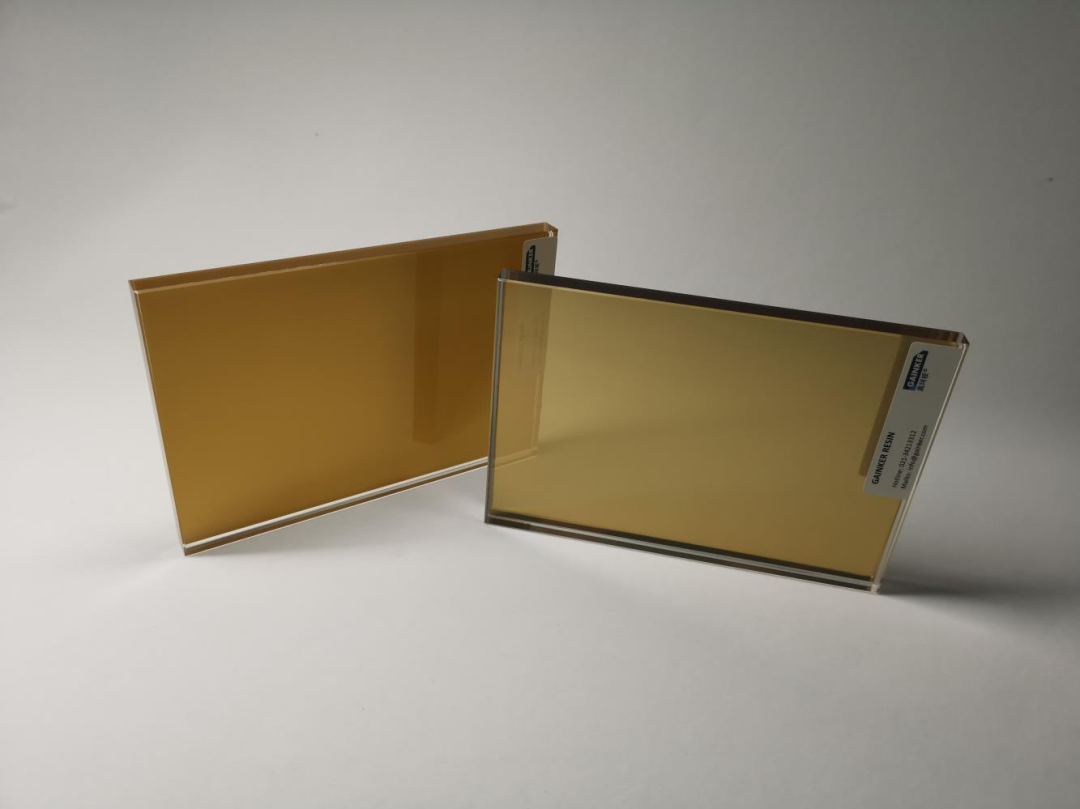
▲The picture shows a physical photo of a board product using the Jinli transparent special coating technology (gold series)


▲The picture shows a physical photo of a board product using the Jinli transparent special coating technology (silver series)
02 Indoor Art Installation

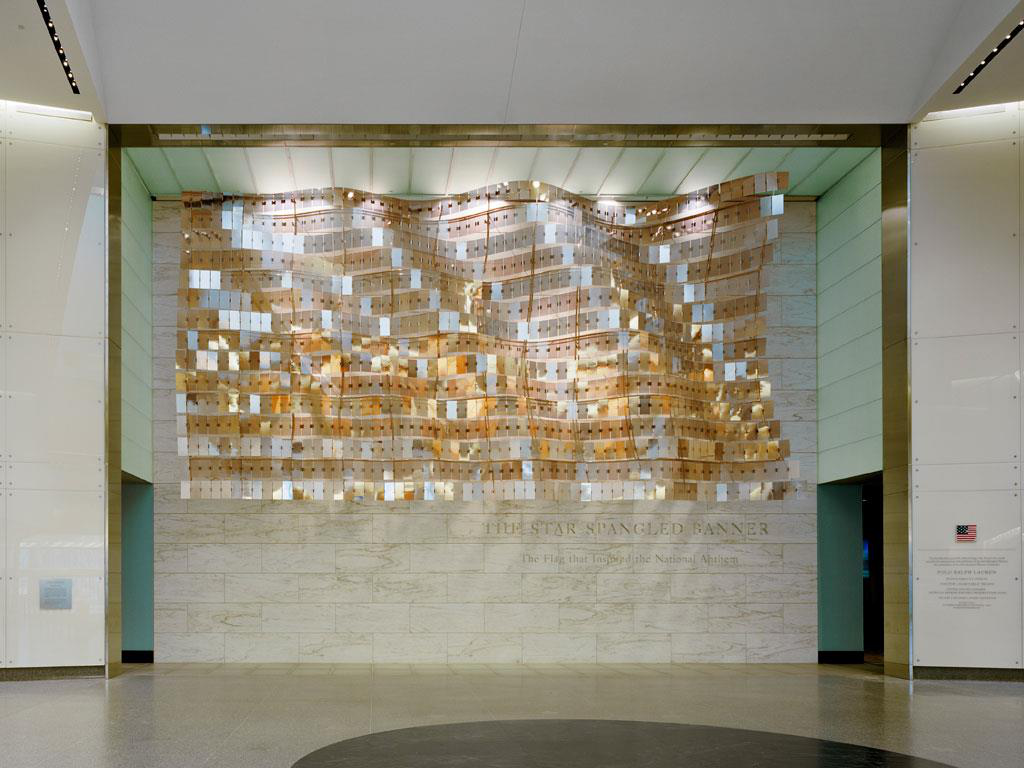
▲This golden transparent special coating technology can also be widely applied to indoor art installations
02 The Soumaya Museum






Special inorganic coating technology has been used in many innovative building projects worldwide, bringing unique effects to the appearance of buildings.




04 The commercial building at 300 George Street in Brisbane

The art installation called 'Sound of Light' is an exterior installation designed by Australian artist Alexander Knox for the commercial building at 300 George Street in Brisbane.
The device surrounds the exterior of the three buildings in the form of screen walls, giving this upcoming high-end commercial complex a iconic appearance.
When this metal texture coating technology is combined with organic resin materials to achieve a shaped hyperbolic shape, it has a cost advantage compared to the traditional aluminum plate stamping process to produce shaped hyperbolic shape products. In addition, it can also achieve a staggered partition between metal color transparency and metal color opacity in effect, allowing for more possibilities for light changes.


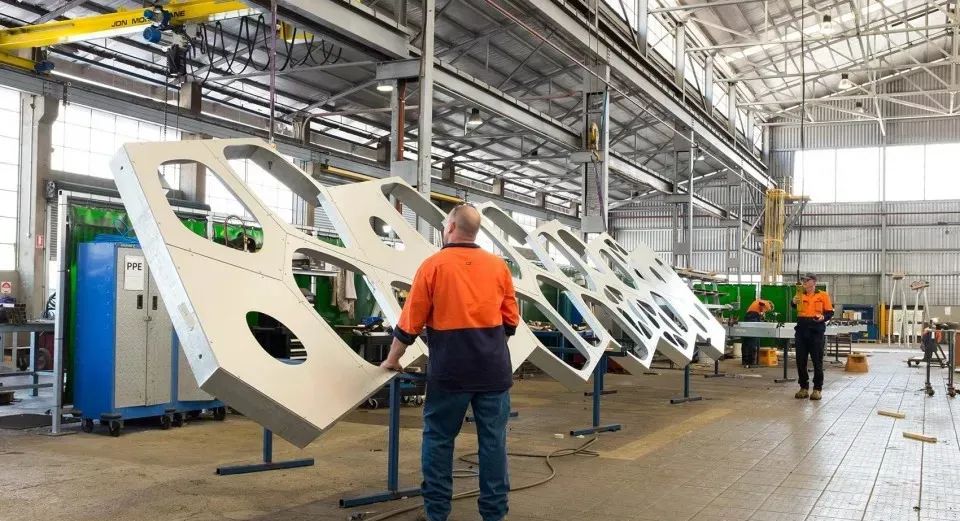

05 LV Flagship Store in Amsterdam, Netherlands




06 EID Architectural Design Works

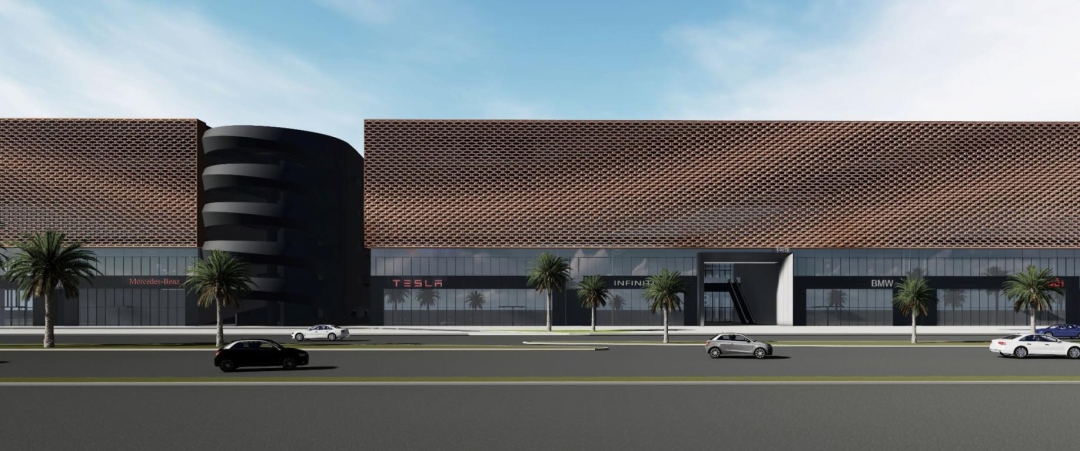
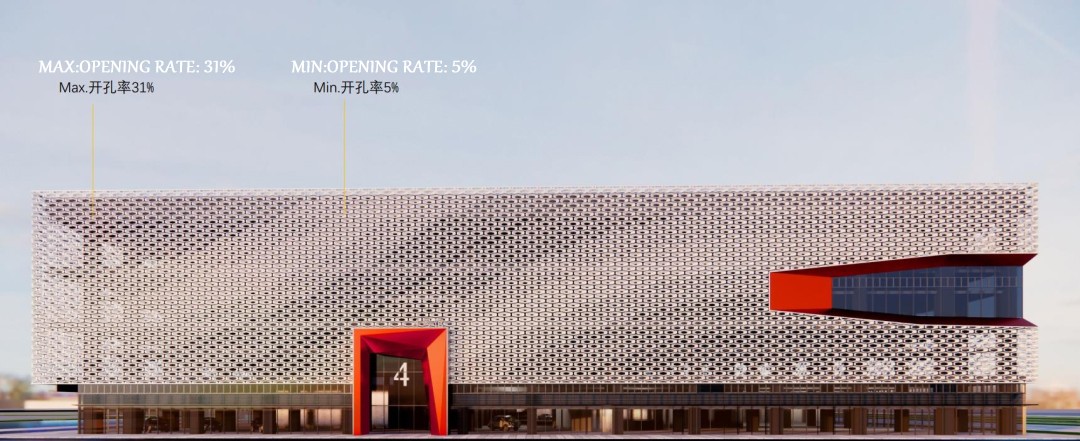





▲Realistic photos of test samples before mass production (if a light is placed on the back, it can produce a semi transparent effect)
07 Green City Real Estate Hangzhou "Xiaofeng Yinyue" Demonstration Zone
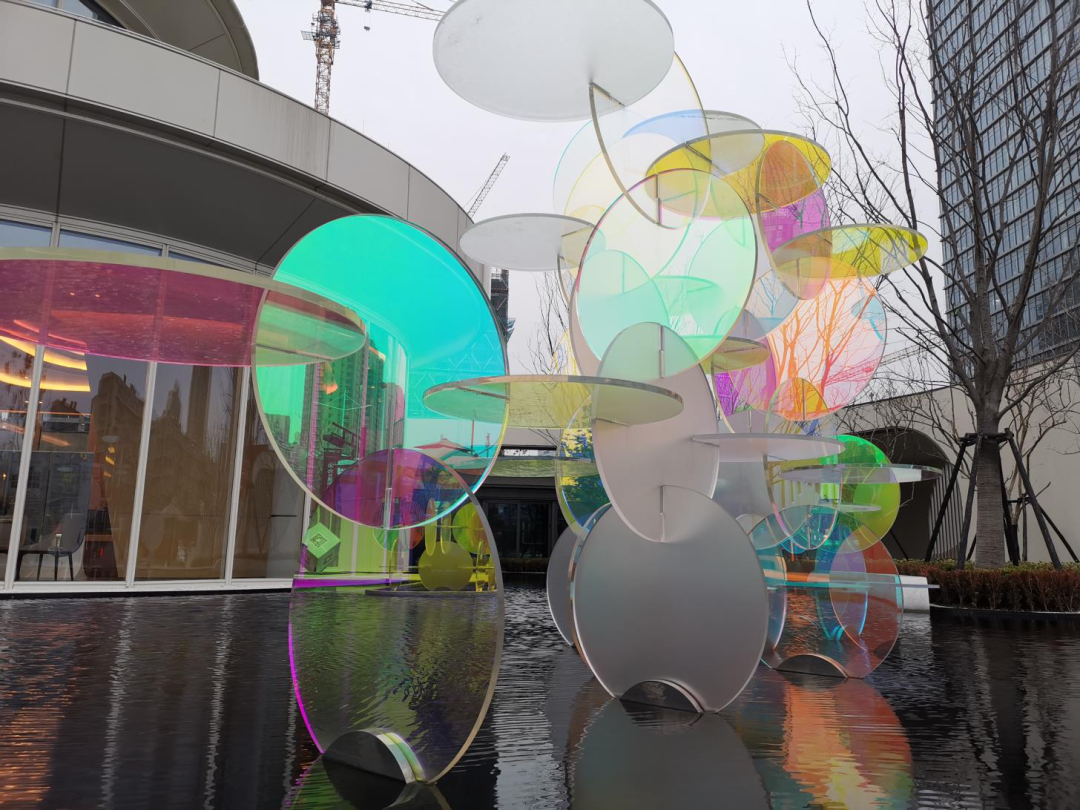
The landscape art installation in the "Xiaofeng Yinyue" demonstration area of Greentown Real Estate in Hangzhou has applied this special coating technology: combining 7 layers of rainbow coating with the surface of organic resin material, so that visitors can perceive different light color changes when viewing the installation from different angles.




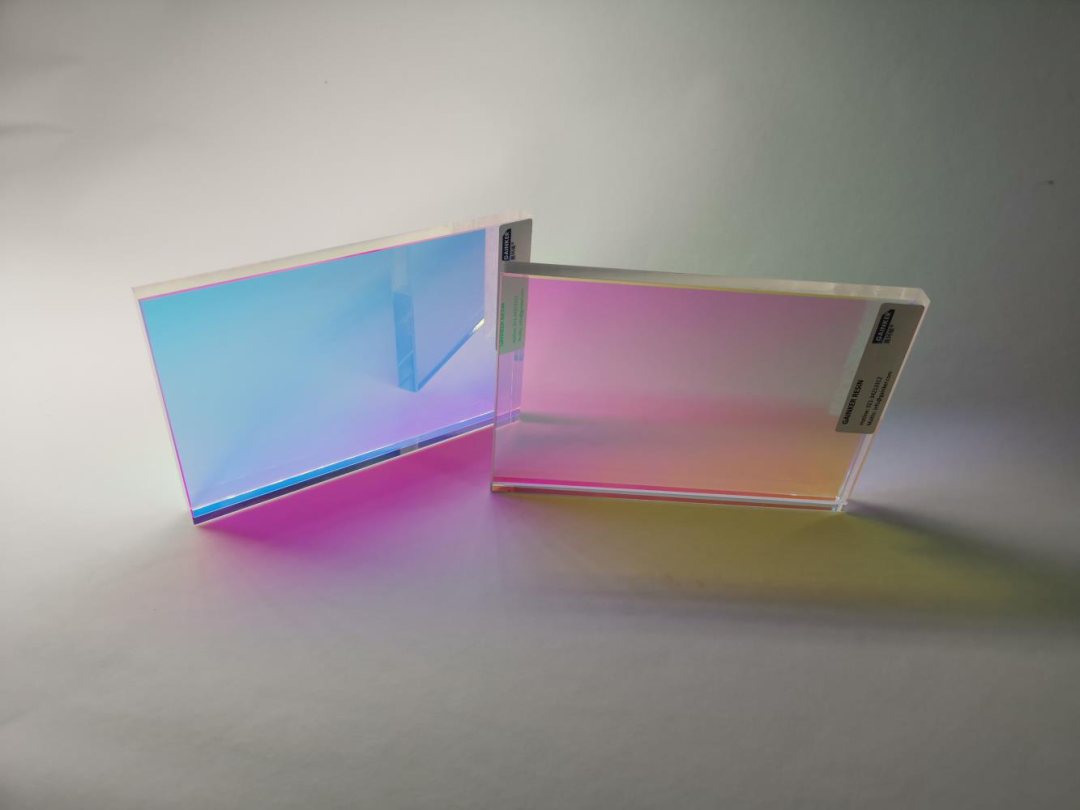
▲The picture shows a real-life photo of a board product using 7-layer rainbow special coating technology
08Longhu Real Estate Nanjing "Longhu Tianju" Demonstration Zone


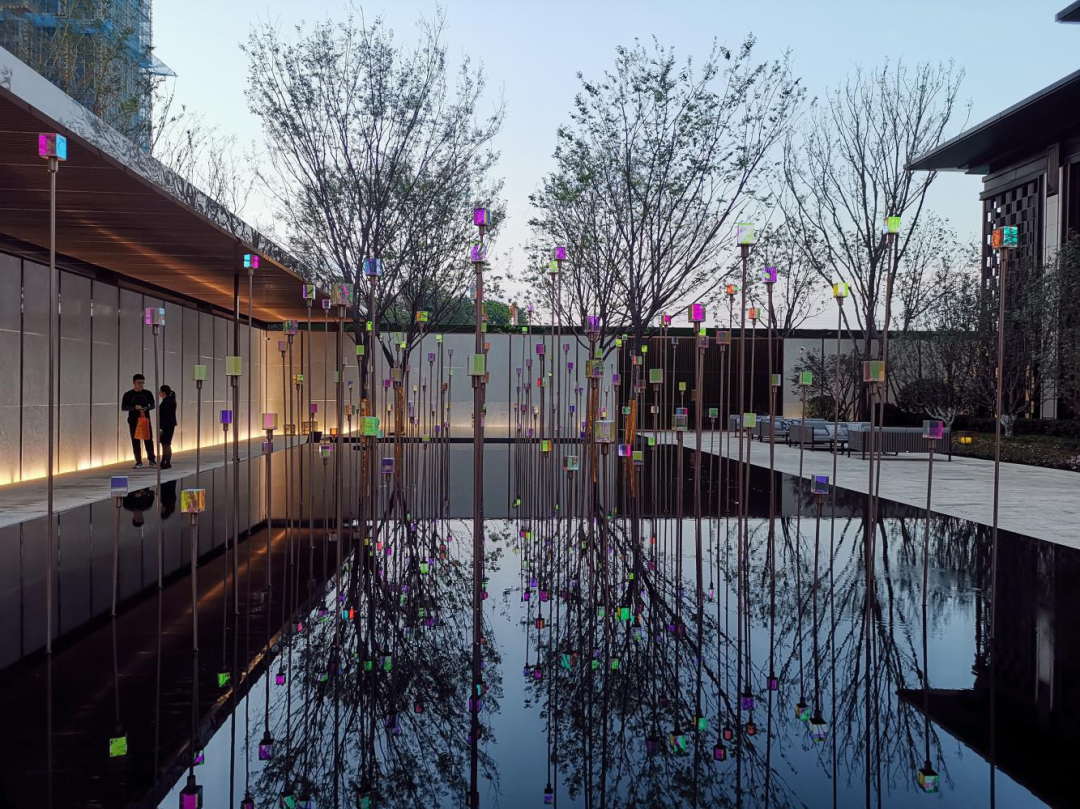
This special rainbow coating technology has also been applied in the landscape art installation of the "Longhu Tianju" demonstration area in Nanjing, Longhu Real Estate.
09 Other applications



The surface of the resin material is treated to be transparent and blended with organic fabric to create an interactive effect between the material and natural light and lighting.
This material is processed and prefabricated into an organic cavity in the factory, and installed on the facade as a building installation.








Article from New Micro Design